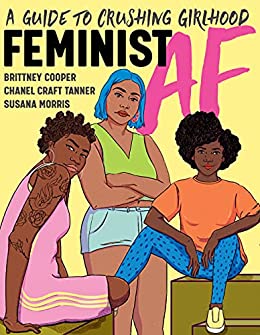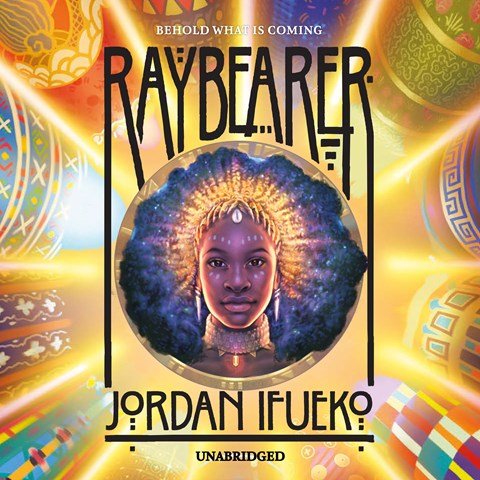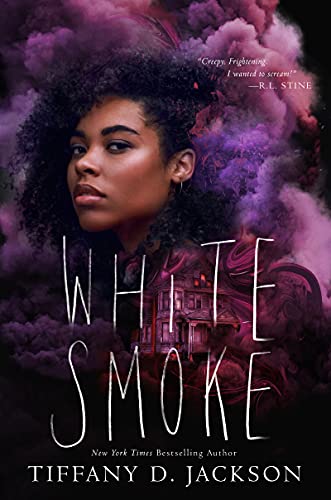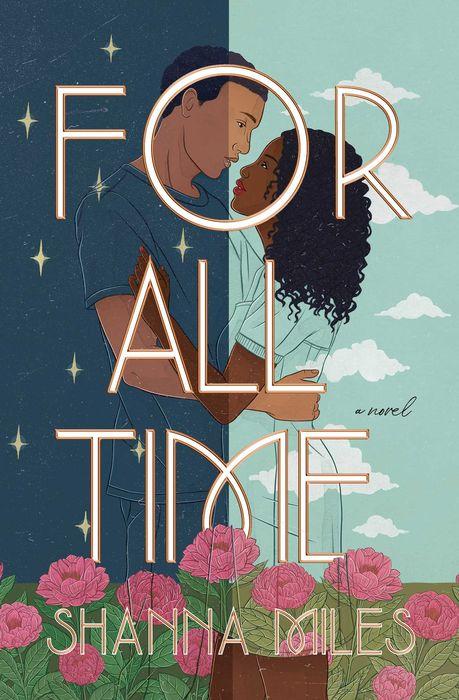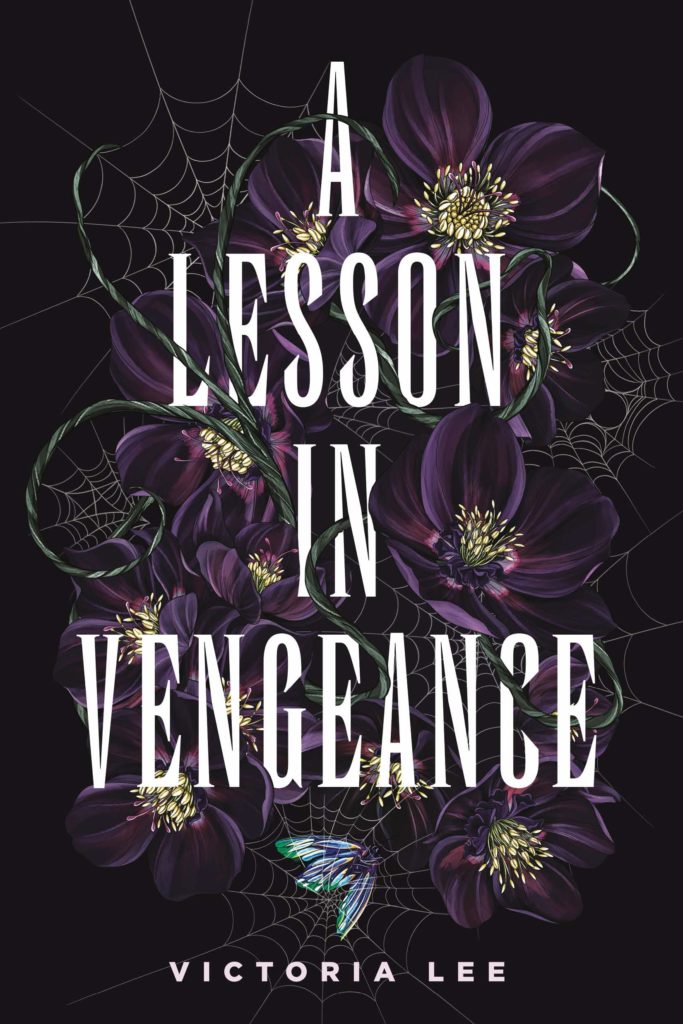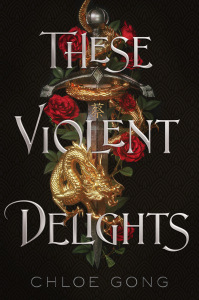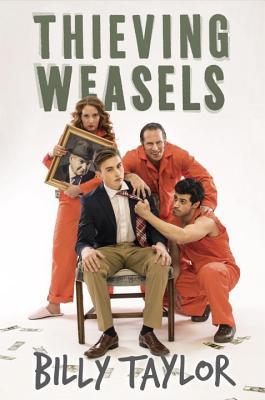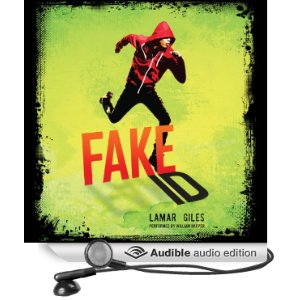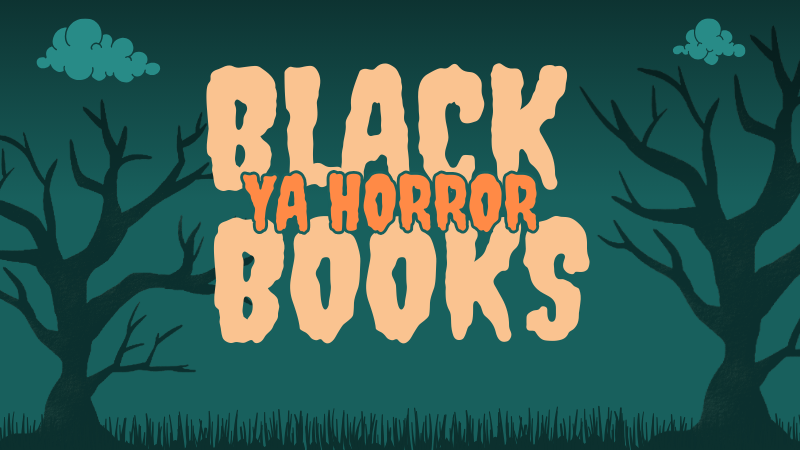
Last summer I saw this tweet:

The row of books with brown-skinned 3C girls (mainly in distress) stood out to me. I’m a big scaredy cat who can’t do horror films but I love a good horror book and decided to leap in and explore what this microtrend had to offer.
I think the rise of Black YA horror overall has to do with the legacy of Jordan Peele’s Get Out. It’s sparked a renewed interest in playing around with the horror tropes Black characters fall into–mainly that they die first.
There’s No Way I’d Die First by Lisa Springer
The prologue of this book states what I think is behind the majority of YA black horror:
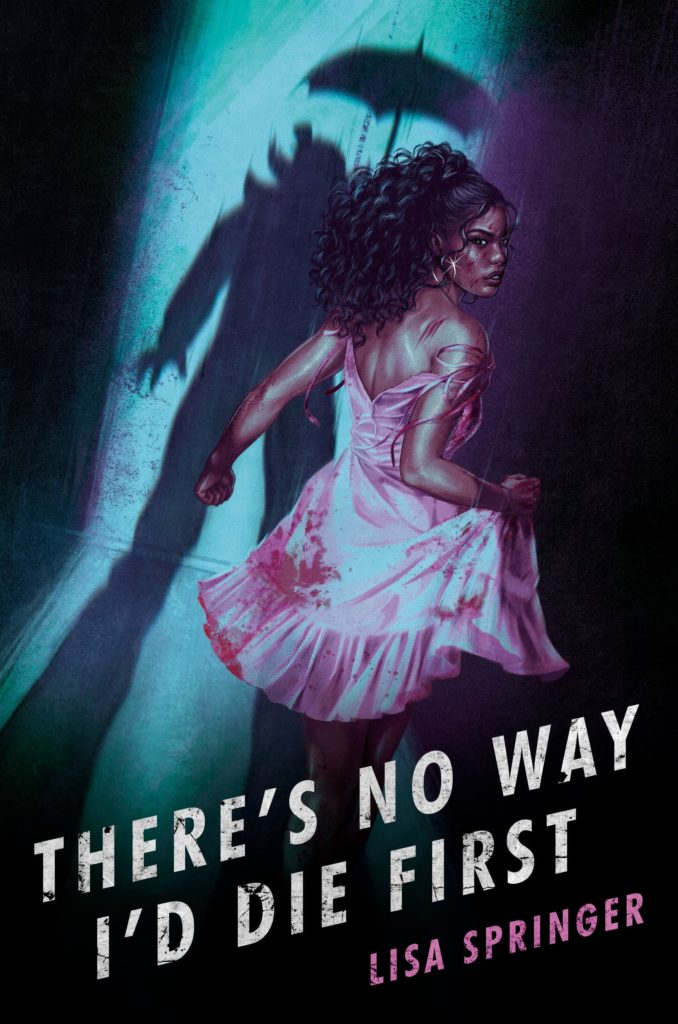
“I don’t want to feature movies that focus on racial terror for entertainment, but movies where Black experiences are at the forefront and where we explore the things that scare us, ya know? And where we even make it out alive!” — There’s No Way I’d Die First by Lisa Springer
This debut novel is a genre-savvy send-up to the 90s slasher movies. Our protagonist is 17-year-old film enthusiast Noelle Layne, who runs a Black horror movie club.
For Halloween, Noelle invites 12 of her prep school’s top influencers (none of whom are Black…) to a Halloween Party that will put Noelle on the map. But when the creepy clown she hired goes off script, the teens find themselves running around her family’s isolated mansion for their lives.
I thought this book was, as the kids says, mid. It’s your basic horror where you watch people run around and get killed in different ways.
My biggest gripe with this book was the clunky virtue signaling that feels incongruous to the motivation of the killer. It also did not feel tailored to a book about people born in 2006. It’s referenced offhand that Noelle has a pink pussyhat she wore to an End To Inequality march and I just don’t think pink pussyhats mean anything to a 17-year-old. It’s a very 2016 white woman millennial thing.
And like I’m not going to nitpick pop culture references too much because they go away as the book progresses but I do think there is a craft to YA pop culture references. The media cycle just moves too fast for the meaning of a reference to stay. This book came out in 2023 but the phrase ‘Megan Fox-and-MGK outfit synchronization’ either hits differently now that they are broken up (They got back together since I originally read this book, this what I mean.)….or not at all if you have no idea they are a couple.
Narrator Nekia Renee Martin, who appears to have only done Middle Grade before, is an excellent narrator.
The Black Queen by Juamata Emill
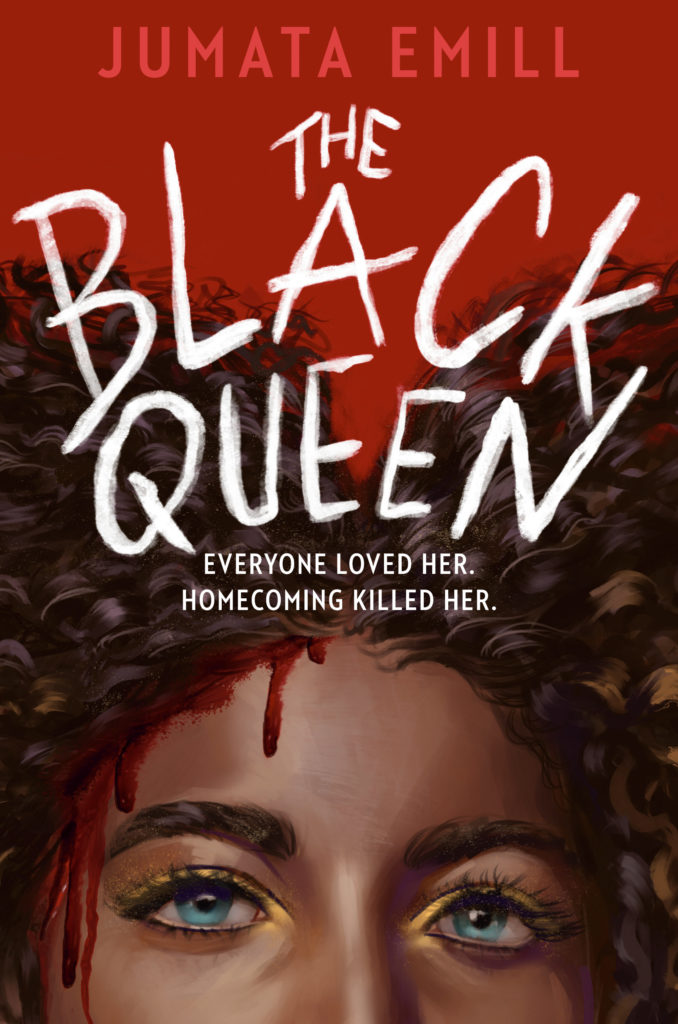
I didn’t investigate these books too much and turns out this is not a horror book, it’s a mystery thriller. I was like 20% in before I realized.
The marketing makes it seem like this is about Duchess Simmons, a black girl who solving the murder of her best friend– who was killed and dumped in the slave cemetery after becoming their town’s first Black homecoming queen.
But actually, this book is about Tinsley, the white girl who would have been homecoming queen if not for the school’s efforts to be more inclusive. She is accused of the murder because a video of her saying she would do exactly what happens goes viral and she finds herself on a journey of discovery as she searches for the truth.
The writing was good but the decisions about voice had me like
The book switches between Tinsley and Duchess but really it’s Tinsley’s book. She has significantly more chapters and character development while Duchess, whose father is on the case as the town’s only black cop, is basically there to give polemics about race in America. It was so jarring to me that she was not allowed to be a full character and Tinsley is written with so much empathy.
I’ll also note that Duchess has a Black girlfriend, I only mention it because I’ve noticed most YA books have multicultural or interracial lesbian couples.
I truly believe Emill wrote this for the check because I went searching and he has pitched multiple books in Twitter pitch contests that were not this. I think there is some strong writing here and I’ll be curious what he writes next.
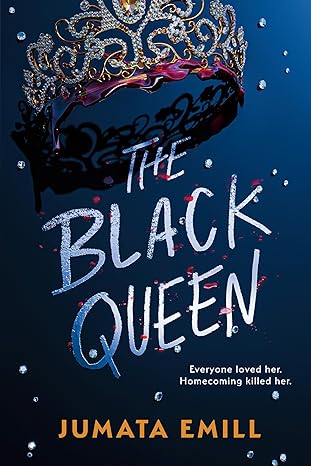
Angel Pean and Erin Spencer are great on the audiobook. I was a little worried for Spencer because she has to do A LOT of different black voices as Tinsley starts showing up in Black spaces but she pulled it off and I feel like only one came off as a little too stereotypical.
Also, considering the actual content of this book ion like the way it’s covered. A sexually abused dead Black girl on the cover of a book about a wealthy white girl? I see they changed it for the paperback.
*spoiler*…savvy readers will be able to figure out the reveals of this book fairly early. The cover is a HUGE hint.
This is the pettiest nitpick I’ve ever had but Tinsley’s sister and niece are named Rachel and Lindsay and she references them a lot in that order and it kept sending me because Rachel Lindsay is the name of the first Black lead on ABC’s Bachelorette.
You’re Not Supposed to Die Tonight by Kalynn Bayron
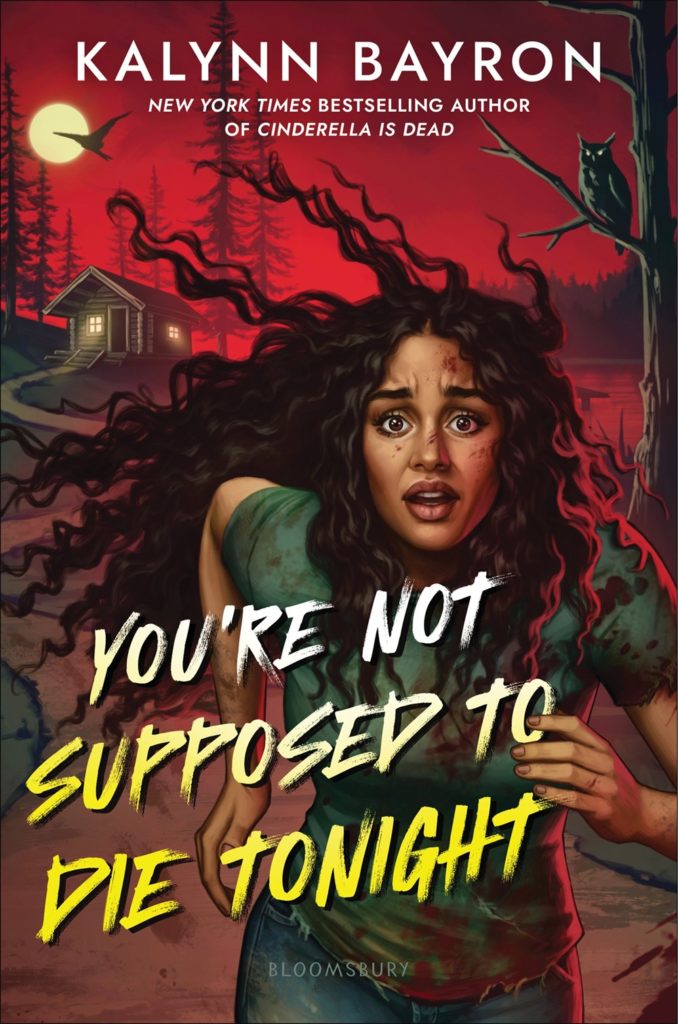
I’ve been sleeping on Bayron because this was my favorite out of all the books I read. I don’t want to get into too many details but this book is a great YA horror novel that is not as genre-savvy as it appears.
Teenaged horror movie fanatic Charity gets to spend all summer playing the final girl for the guests of the Camp Mirror Lake horror night simulation. But when odd occurrences start happening, her final girl status is put to the test.
This was a masterful, bone-chilling read with a strong sense of place and supernatural elements that leave you questioning everything. It seems to be heavily inspired by the Bohemian Grove conspiracy theories but I can’t find conclusive proof.
I think Bayron accomplished alot of what Springer lays out in the prologue of There’s No Way I’d Die First. Charity is Black lesbian in a relationship with another Black girl (which, again…is kinda rare in popular books) and while it’s a part of her and features heavily it’s not the whole book.
This appears to be the first book narrated by Hewot Tedla, and while her narration is good she makes a lot of mouth sounds that might bother some readers.

